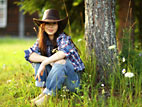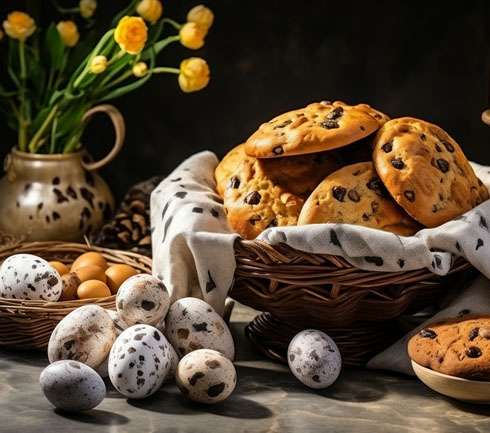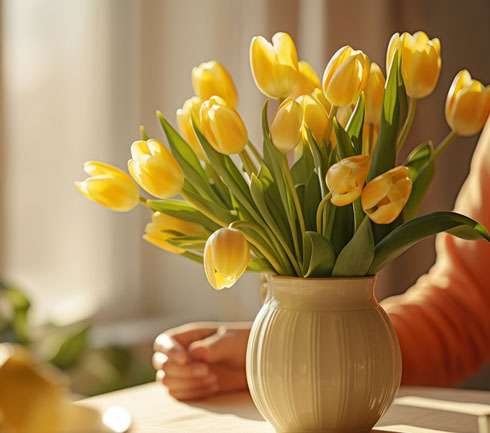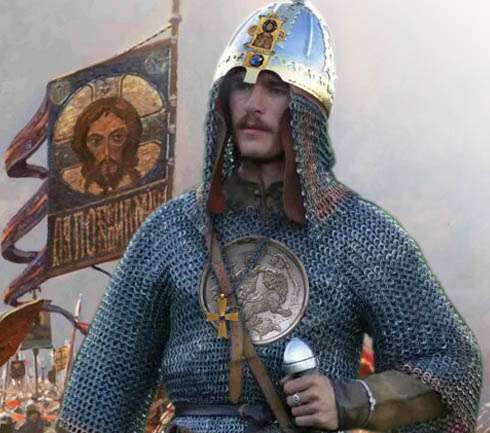It’s Thursday, January 8, 2026 in Austin, Texas
Russian Painter - Mikhail Vasilievich Nesterov
a short bio of the painter by Nick Nicholson
Mikhail Vasilievich Nesterov
Mikhail Vasilievitch Nesterov (Михаи́л Васи́льевич Не́стеров) was born on the 31st of May in 1862 in Ufa, and died on the 18th of October 1942 in Moscow. Nesterov was the leading representative of Religious Symbolist painting, and was known for the mystical and lyrical quality of his paintings, which combined a highly technical and modern stylistic approach with the emotional response and painting techniques associated with traditional icon painting.
Born into a family of the merchant class, Nesterov moved to Moscow in 1874, and was brought by his parents to study in a technical college, where he caught the attention of Konstantin Trutovsky[i]. Trutovsky, himself an artist and inspector of the Moscow School of Art, noticed the young man’s talent, and on his recommendation, Mikhail Vasilievitch entered the Moscow School of Painting and Sculpture, studying in the classes of Perov[ii], Savrasov[iii] and Pryanishnikov[iv].
Nesterov later moved to the capital of Saint Petersburg, and studied under Pavel Chistyakov[v] at the Imperial Academy of Arts, attracting considerable notice as a history and genre painter, but was drawn and finally joined the group of artists known as the Peredvizhniki, or Wanderers[vi].
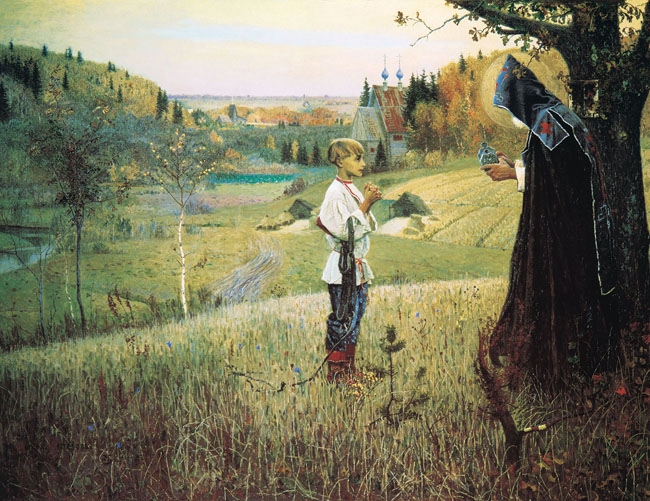 His important work “The Vision of Youth Bartholemew” (1890-1891) (above) which depicts the conversion of Russian Orthodox Saint Sergius of Radonezh[vii] is often marked as his entrance into the Russian Symbolist movement, and the first painting of the Russian Symbolist Style.
His important work “The Vision of Youth Bartholemew” (1890-1891) (above) which depicts the conversion of Russian Orthodox Saint Sergius of Radonezh[vii] is often marked as his entrance into the Russian Symbolist movement, and the first painting of the Russian Symbolist Style.
In the 1890s, Nesterov became interested in religious themes. Stylistically speaking, these religious-historical works are very much in the Russian “Stil’ Modern,” but his innovation transcended Orthodox dogma, and in the 1890s-1900s, he was selected to fulfill commissions for the Vladimir Cathedral in Kiev, as well as executing the designs for mosaics in the Cathedral of the Resurrection in St. Petersburg (1894-96), and paintings in the Church of Alexander Nevsky in Abastuman, Georgia (1899-1904).
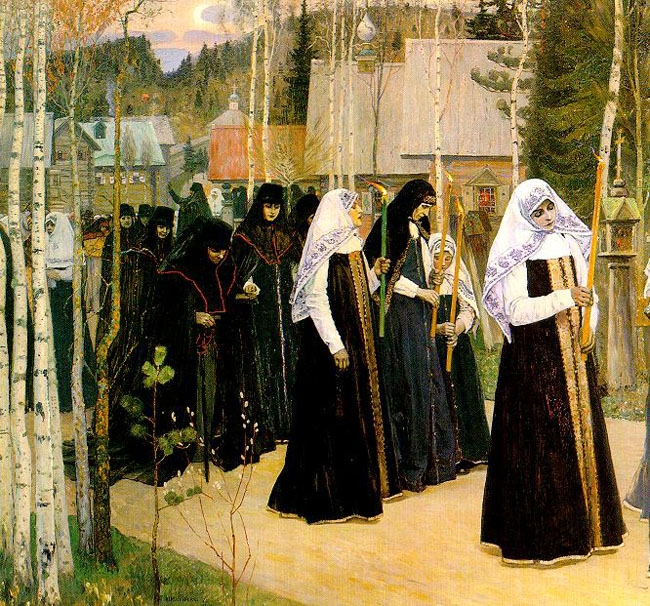 Above: The Great Taking of the Veil by Nesterov, 1897-98. Oil on canvas. The Russian Museum, St. Petersburg, Russia.
Above: The Great Taking of the Veil by Nesterov, 1897-98. Oil on canvas. The Russian Museum, St. Petersburg, Russia.
Nesterov’s works were also favored by the Imperial family for their modern but romantic style, and he executed several works for them, including the famous “Annunciation” in the collection of Empress Alexandra Feodorovna.
In 1908, along with architect Sergei Schusev[viii], and fellow artists Sergei Konenkov[ix] and Pavel Korin[x], Nesterov was selected to join in the design of the church, convent, and other compound buildings of the Marfo-Mariinskii Obitel’ (Convent of Martha and Mary) founded by the Grand Duchess Elizabeth.
Elizaveta Feodorovna founded the convent along the model of medieval German service cloisters, in which the sisters were not “behind walls” but were active at the convent and beyond. Though there was initial resistance from the Orthodox Church, the Convent soon proved to be an exceptional resource to the city of Moscow, and long established rules were waived in the convent’s favor.
Long active in the world of the arts in St. Petersburg and Moscow, Elizaveta Feodorovna looked to Orthodoxy’s conservative Novgorodian past as an aesthetic source, but selected artists who were able to use that taste as a framework for a completely 20th century gesamtkunstwerk which included 14th century icons, as well as electric light and the most modern construction techniques.
After 1909, he spent the rest of his life in Moscow, working largely at the Martha and Mary Convent. The works for the convent in the church and the various chapels and areas of the compound are arguably his largest extant surviving work, and have been restored since 2008, generating great interest in the work of this important artist.
A devout Orthodox Christian, Vasnetsov refused to accept the Bolshevik Revolution, but remained in Russia.
After the revolution, Nesterov retreated from the world and painted no new religious works in fear of the Bolshevik and Communist governments. In his “Soviet” period, Nesterov painted portraits, mostly of his colleagues, including Ivan Shadr, Vera Mukhina, Sergei Iudin, and Ivan Pavlov.
Nicholas Nicholson
Nicholson Art Advisory
[i] Konstiantyn Trutovsky (Ukrainian: Констянтин Трутовський, 1826–1893) was a Russian-Ukrainian realist painter and graphic artist. Trutovsky studied at the St. Petersburg Academy of Arts (1845–1849). In 1860 he became an academician.
His artistic heritage includes numerous genre screens on Ukrainian themes. He was interested in ethnography and depicted colorful Ukrainian folk customs, not shying away from "a dash of good humour". Trutovsky took part in publishing Lev Zhemchuzhnikov's album, Picturesque Ukraine, and illustrated the poems and biography of Shevchenko.
[ii] Vasily Grigorevich Perov (Russian: Васи́лий Григо́рьевич Перо́в; real name Vasily Grigorevich Kridener (Криденер); 2 January 1834 (21 December 1833 Old Style) – 10 June (29 May Old Style) 1882) was a Russian painter and one of the founding members of the Peredvizhniki, a group of Russian realist painters.
[iii] Alexei Kondratyevich Savrasov (Russian: Алексе́й Кондра́тьевич Савра́сов) (May 24, 1830 – October 8, 1897) was a Russian landscape painter and creator of the lyrical landscape style.
[iv] Illarion Mikhailovich Pryanishnikov (Russian: Илларио́н Миха́йлович Пря́нишников; 20 March [O.S. 1 April] 1840 – 12 March [O.S. 24 March] 1894) was a Russian painter, one of the founders of the Peredvizhniki artistic cooperative.
Illarion Pryanishnikov was born in the village of Timashovo (today's Kaluga Oblast) in a family of merchants. From 1856 to 1866 he studied in the Moscow School of Painting, Sculpture and Architecture in the classes of Evgraf Sorokin and Sergey Zaryanko.
[v] Pavel Petrovich Chistiakov (Russian: Па́вел Петро́вич Чистяко́в) (July 5 [O.S. June 23] 1832 – November 11, 1919) was a Russian painter and teacher of art.
He studied at the St. Petersburg Academy of Arts (1849–1861) under Petr Basin. He was a pensioner of the Academy of Arts in Paris and in Rome (1862–1870), and he taught in the Drawing School of the Society for the Encouragement of the Arts (1860–1864). In St.Petersburg (from 1872) he was the professor-head of workshop (1908–1910) and managing mosaic branch of the Society (1890–1912). The artistic-pedagogical system of Chistiakov developed in constant struggle against the inert system of academism and played a huge role in the development of realism in Russian art of the second half of the 19th century. Chistiyakov was an important influence on his students, who included Viktor Vasnetsov, Mikhail Vrubel, Vasily Polenov, Ilya Repin, Valentin Serov, and Vasily Surikov,
[vi] Peredvizhniki (Russian: Передви́жники [pʲɪrʲɪˈdvʲiʐnʲɪkʲi]), often called The Wanderers or The Itinerants in English, were a group of Russian realist artists who in protest at academic restrictions formed an artists' cooperative; it evolved into the Society for Travelling Art Exhibitions in 1870. The group was amongst the first schools of Russian painting to become widely known and recognized outside of Russia.
[vii] Venerable Sergius of Radonezh (Russian: Се́ргий Ра́донежский, Sergii Radonezhsky), also transliterated as Sergey Radonezhsky or Serge of Radonezh, was a spiritual leader and monastic reformer of medieval Russia. Together with Venerable Seraphim of Sarov, he is one of the Russian Orthodox Church's most highly venerated saints.
[viii] Alexey Viktorovich Shchusev (Russian: Алексе́й Ви́кторович Щу́сев, 26 September (8 October (new style)), 1873, Chişinău—24 May 1949, Moscow) was an acclaimed Russian and Soviet architect whose works may be regarded as a bridge connecting Revivalist architecture of Imperial Russia with Stalin's Empire Style.
[ix] Sergey Timofeyevich Konenkov (alt. spelling Sergei Konyonkov) (Russian: Сергей Тимофеевич Конёнков; July 10, 1874 – December 9, 1971) was a famous Russian and Soviet sculptor. He was often called "the Russian Rodin".
[x] Pavel Dmitriyevich Korin (Russian: Павел Дмитриевич Корин; July 8 [O.S. June 25] 1892 - November 22, 1967) was a Russian painter and art restorer. He is famous for his preparational work for the unimplemented painting Farewell to Rus.







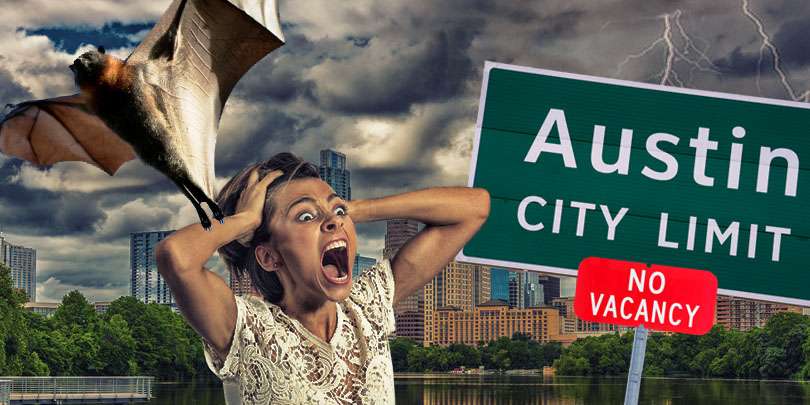
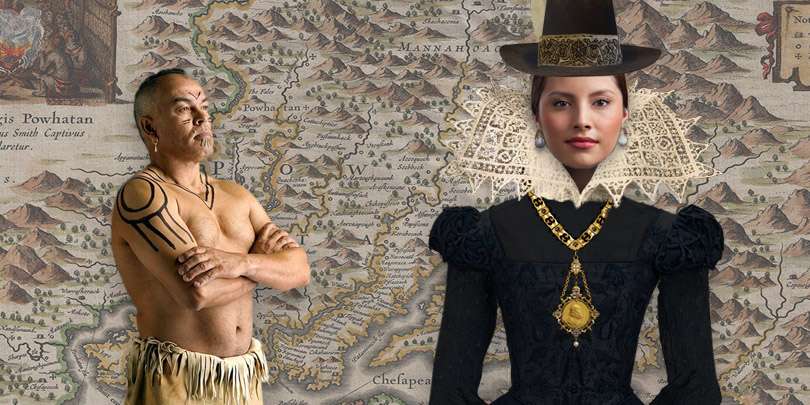





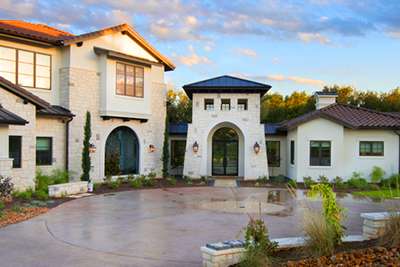
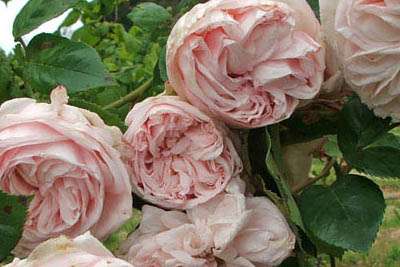
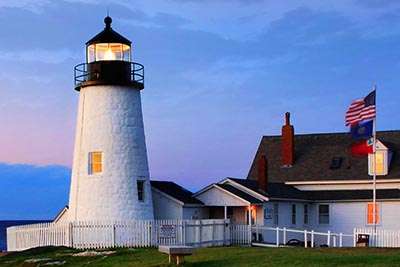
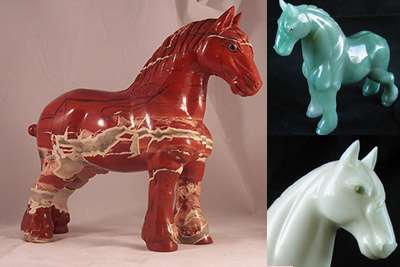








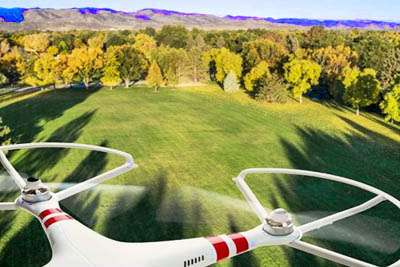
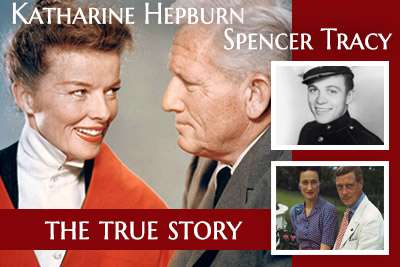
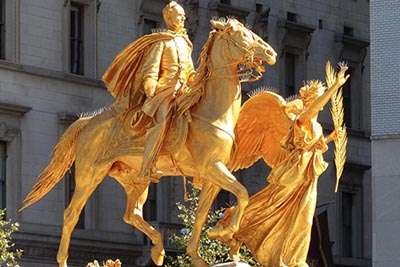
 New Home Builder Website Checklist
New Home Builder Website Checklist 

